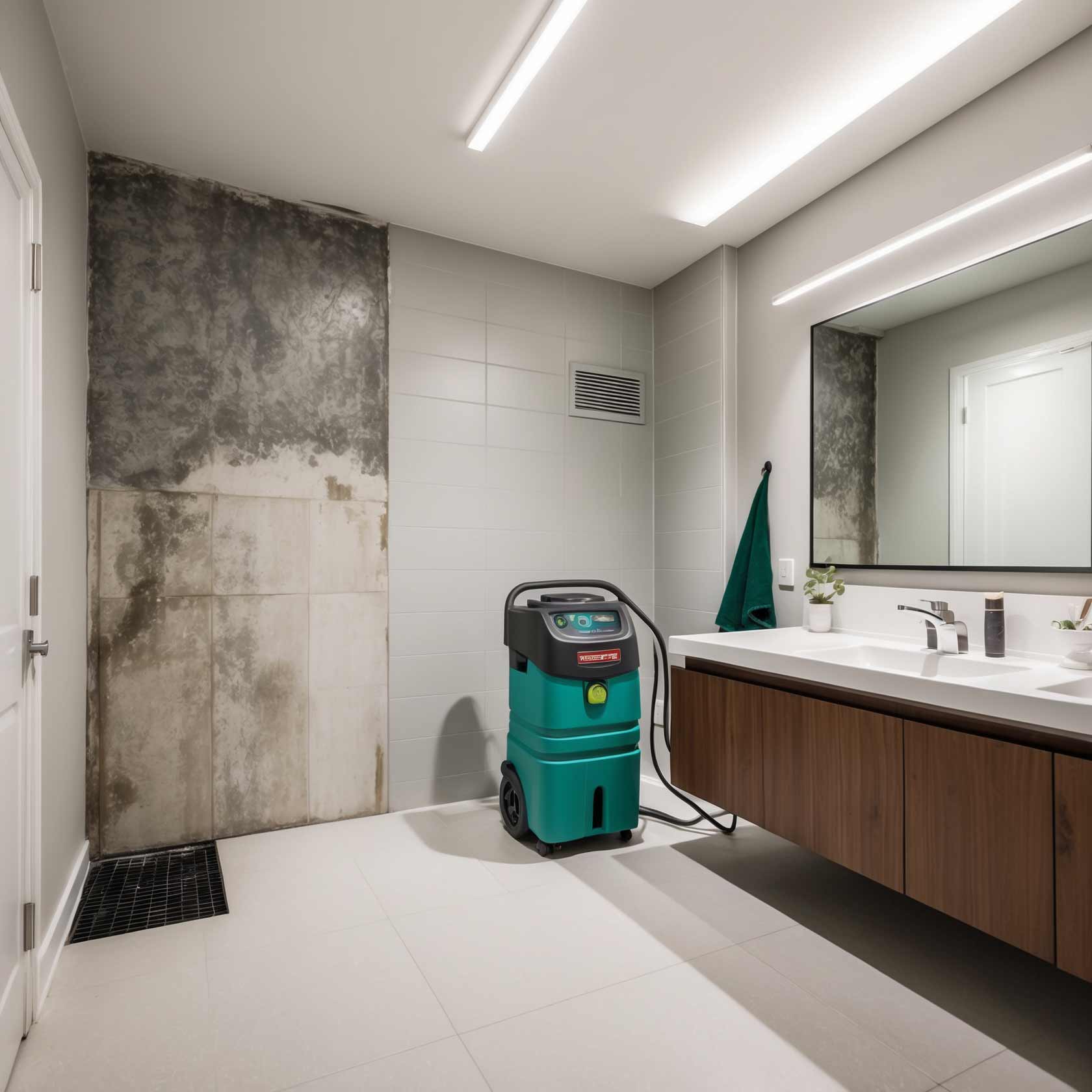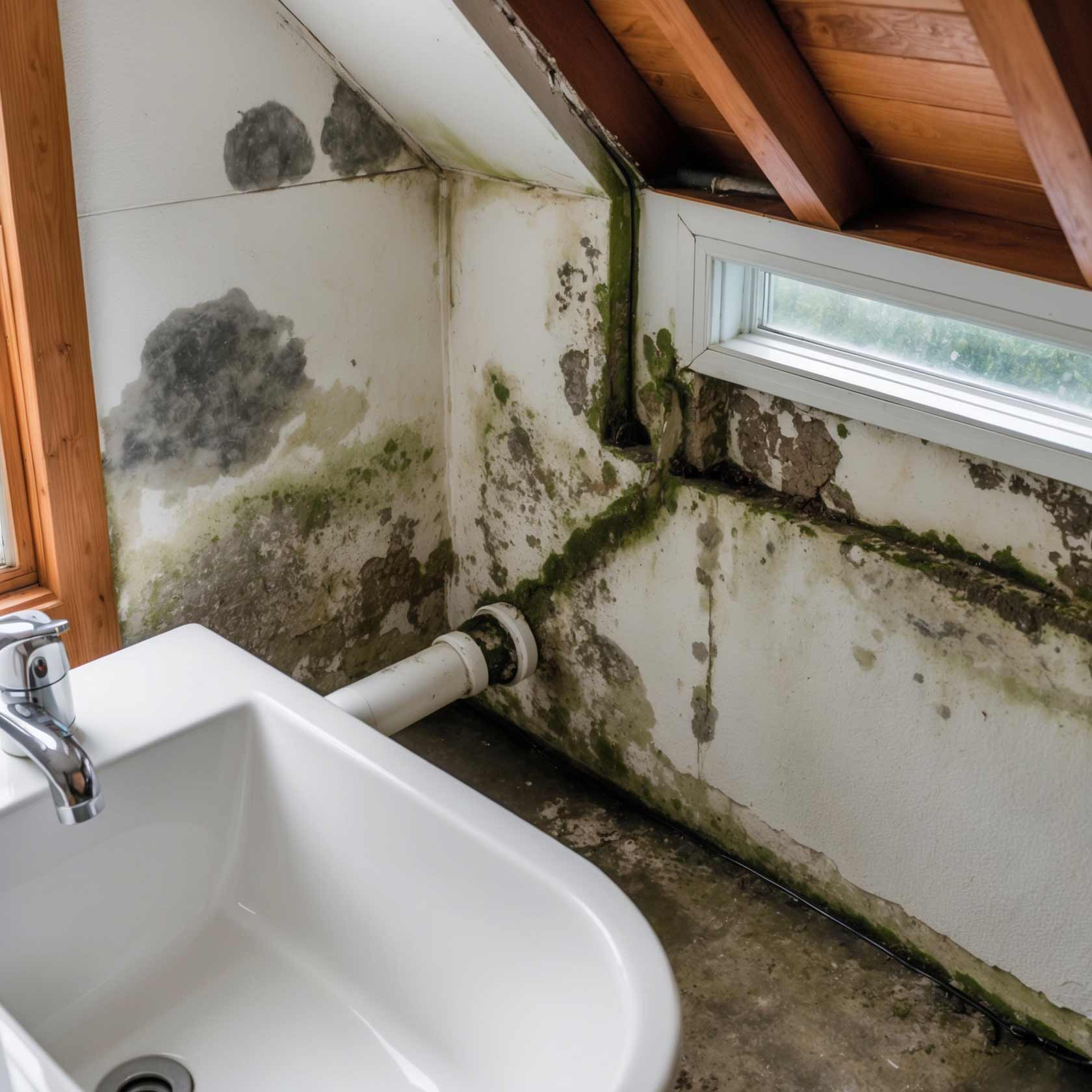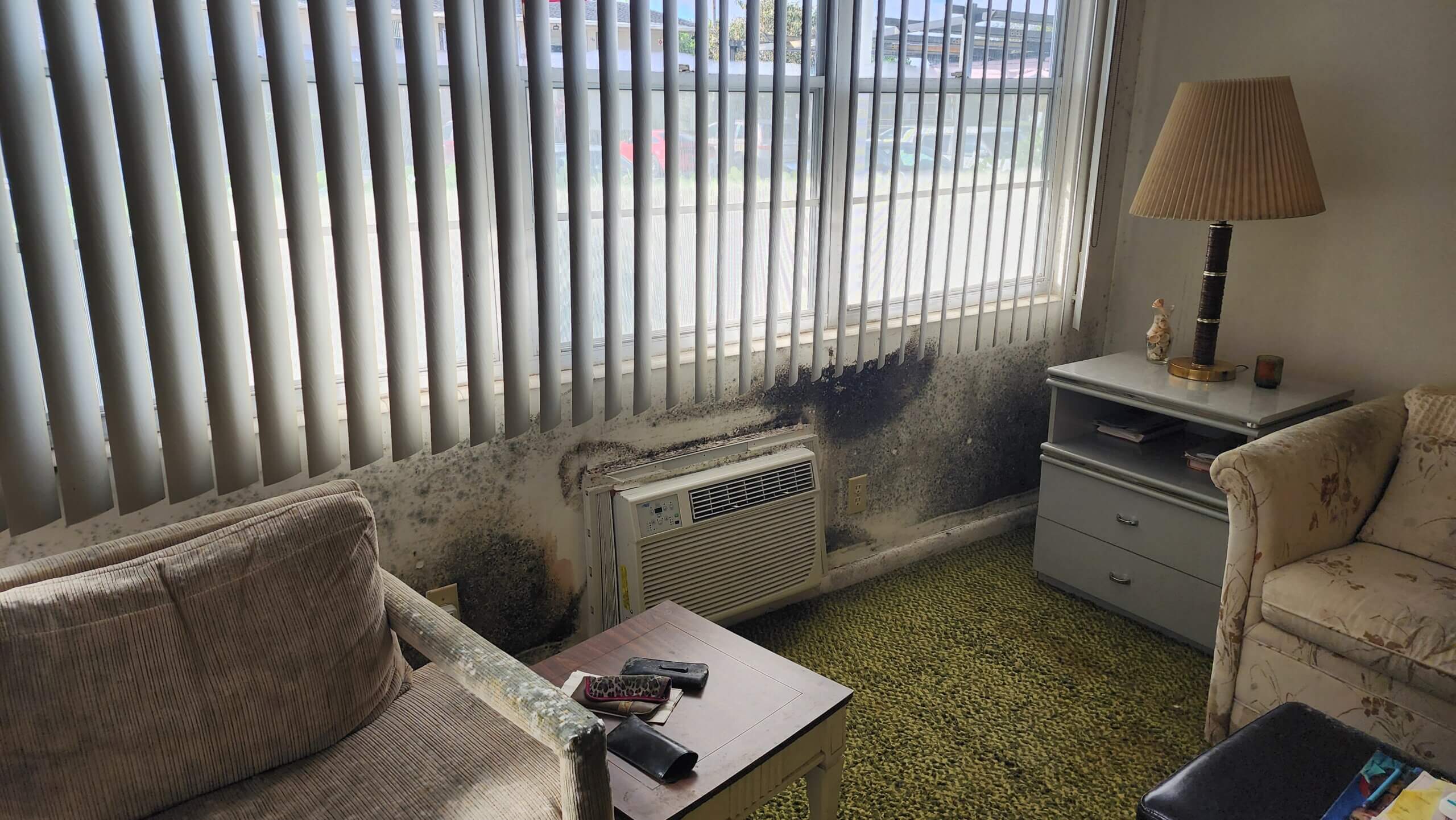What Kills 100% Of Mold?
Mold isn’t just a nuisance; it can be downright dangerous. Whether it's lurking in your mold inspection companies bathroom, attic, or crawlspace, mold can cause health issues and structural damage if left unchecked. So, what’s the best way to deal with this unwanted guest? In this article, we’ll explore everything you need to know about mold cleaning and, more importantly, answer the burning question: What Kills 100% Of Mold?
Understanding Mold: The Basics
What Is Mold?
Mold is a type of fungus that thrives in damp environments. It's made up of tiny organisms present almost everywhere, both indoors and outdoors. While some mold is harmless or even beneficial (like penicillin), others can lead to serious health problems.
How Does Mold Grow?
Mold spores float through the air and settle on surfaces when they find an ideal environment—dark, damp places with organic material to feed on. This could be anything from wood to paper products.
Why Should You Care About Mold?
Ignoring mold isn't just a cosmetic issue; it can lead to significant health risks. Allergies, respiratory problems, and even severe infections are linked to prolonged exposure. Not to mention the potential structural damage it can cause in your home!
The Importance of Mold Cleaning
Why Clean Mold?
When you clean mold effectively, you’re not only improving your home’s aesthetic appeal but also protecting your family’s health.
Common Misconceptions About Mold Cleaning
Many people think that simply painting over mold or using bleach will eliminate the problem. However, these methods often fail to address the root cause of mold growth.
What Kills 100% Of Mold?
There are various methods for killing mold, but not all are equally effective. Here are some solutions that have proven successful in eliminating 100% of mold:
1. Bleach: The Old Standby
Bleach has long been considered the go-to solution for killing mold. It works by destroying the mold's structure but doesn’t penetrate porous materials effectively.
Pros:
- Fast-acting.
- Disinfects surfaces.
Cons:
- Doesn’t kill roots.
- Can produce toxic fumes.
2. Vinegar: A Natural Alternative
If you're looking for a more eco-friendly option, white vinegar is an excellent choice! It’s mildly acidic and can kill up to 82% of molds.
Pros:
- Non-toxic.
- Effective on non-porous surfaces.
Cons:
- May require repeated applications.
3. Hydrogen Peroxide: A Powerful Disinfectant
Hydrogen peroxide has gained popularity as a potent alternative to bleach for killing mold completely.
Pros:
- Non-toxic.
- Penetrates porous materials.
Cons:
- Requires careful handling due to its bleaching properties.
4. Tea Tree Oil: The Essential Oil Solution
Tea tree oil is a natural fungicide that kills various types of fungi and bacteria effectively.
Pros:
- Natural and safe.
- Pleasant scent.
Cons:
- More expensive than other options.
5. Commercial Products Designed for Mold Removal
Numerous commercial cleaning products specifically designed for removing mold exist today. They often contain powerful chemicals but can be effective when used correctly.
Pros:
- Tailored specifically for mold removal.
Cons:
- May contain harmful chemicals requiring safety precautions during use.
Prevention Tips After Killing Mold
Reduce Humidity Levels
Keeping humidity below 50% can significantly reduce the chances of mold reappearing after removal efforts have been made!

Use Dehumidifiers
These devices help absorb moisture from the air—perfect for basements or bathrooms where humidity levels tend to soar!
Proper Ventilation
Ensure adequate airflow in areas prone to dampness—this means opening windows when possible or using exhaust fans while showering or cooking!
FAQs
Q1: Is it safe to live in a house with mold?
A1: It's generally not recommended due to potential health risks associated with prolonged exposure.
Q2: How long does it take for bleach to kill mold?
A2: Bleach typically starts working within minutes but may require longer contact time depending on surface type and extent of infestation.
Q3: Can I paint over mold?
A3: No! Painting over it won’t solve the problem as it needs proper cleaning first before any painting occurs!
Q4: How do I know if my home has hidden mold?
A4: Look out for musty odors or visible signs like water stains—investigating dark corners could reveal hidden issues too!

Q5: What's better—vinegar or bleach for killing molds?
A5: While bleach may act faster initially on non-porous surfaces; vinegar is safer and effective overall without harsh fumes!
Q6: How often should I clean areas prone to getting molds?
A6: It’s wise to routinely inspect high-risk areas (like bathrooms) at least once every few months!
Conclusion
Mold might seem like a small problem at first glance, but ignoring it can lead down a slippery slope toward bigger issues—both health-wise and structurally! Understanding what kills 100% of molds gives you an arsenal against this pesky fungus that loves damp spots in homes everywhere! Armed with knowledge about effective cleaning agents—from vinegar and hydrogen peroxide right through commercial products—you'll feel empowered tackling any fungal foe head-on!

So roll up those sleeves because when it comes down to defeating pesky molds once & for all—knowledge really is power!